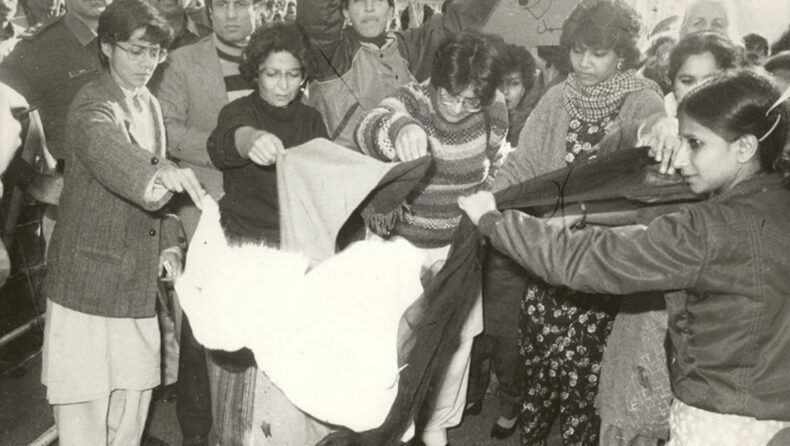The phrase was used by Iranian women demonstrators after Mahsa Amini, 22, died after reportedly being abused in police detention for incorrectly wearing her hijab.
Zar.zindagi.azadi
Since Mahsa Amini’s death, over 40 people have been slain in protests in over 50 towns around Iran. Protests persist despite a huge crackdown by the conservative Islamic administration, as do internet prohibitions.
Public outrage has intensified after officials confirmed Amini’s death in hospital on Friday after three days in a coma following her detention by Tehran’s morality police on September 13 during a visit to the city.
The police team is in charge of implementing Iran’s severe dress code for women, which includes wearing a headscarf in public.
According to the Fars and Tasnim news agencies, demonstrations were conducted throughout Tehran, including at many colleges, and in Mashhad, the country’s second largest city.
According to the UN statement, the 22-year-old was “struck on the head with a baton and her head was bashed on the car by the so-called morality police.”
WhatsApp, Instagram, and Skype have all been prohibited by the authorities.One of the protesting women’s main demands is to make the wearing of a headscarf optional. It may be considered a fundamental right in different societies. Not in Iran, however.
The problem is that Iran is a very divided society.
The ruling system is highly conservative, but on other levels, there are people who are fairly liberal and wish to live their lives freely. Women, in particular, seek equal rights to males, and Iran has granted them the ability to educate and work.
Women in Iran are physicians and engineers, and they do not lack essential rights; rather, they face a different sort of imprisonment, namely bodily confinement. They have personal constraints on their bodies, and they are They are not permitted to wear what they like. Previously, they had to cover all of their body parts, but today they just had to wear a Hijab to cover their heads, which limits their freedom and options.
A journalist related her experience, saying that when she visited Iran, wearing a hijab was mandatory even for tourists, and she informed sources that when they arrived in Iran, the female journalists were wearing hijabs. They headed to the market, where one of the female general journalists” hair fell out of her hijab, prompting one of the locals to approach her and yank her hair properly, telling her to wear the hijab properly.
This kind of radicalism is untenable in a world where individuals have no freedom. The moral police commit crimes against Iranians, both men and women, and act as a vigilante to promote and disseminate extremist ideologies that are despised by the Iranian people. No vigilante organisation can be as active without the state’s green light; the state knows everything but is keeping its lips quiet and allowing individuals die who do not want their rights violated.
Authorities stated that she died of natural causes.”Mahsa Amini’s terrible death and charges of torture and ill-treatment must be swiftly, impartially, and successfully probed by an independent competent body,” Al-Nashif said in a statement.UN human rights office spokesperson meanwhile, Ravina Shamdasani informed reporters that Iranian security forces had apparently responded to the enormous protests over Amini’s killing “with live bullets.”
Statement of an Iranian Woman
According to her, up to five persons were killed during the crackdown.
In her statement, Al-Nashif also expressed worry over Iran’s mandatory veiling regulations, which make appearing in public without a hijab punishable by incarceration.
Since then, few events have galvanised Kurds in either Iraq or Iran — until Amini’s death in the custody of Iran’s morality police. The dreaded enforcers have become prominent targets of the protest, serving as instances of where Kurds differ from the central authority.
https://www.livemint.com/news/world/watch-women-in-iran-chop-off-hair-burn-hijab-in-protest-against-moral-police-all-you-need-to-know-11663578272411.html













